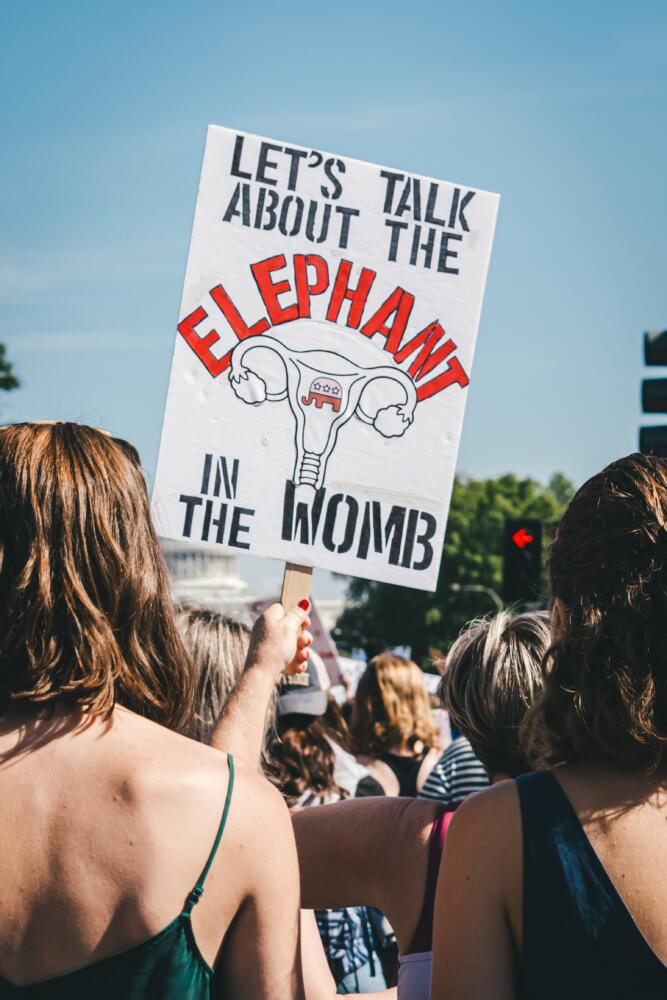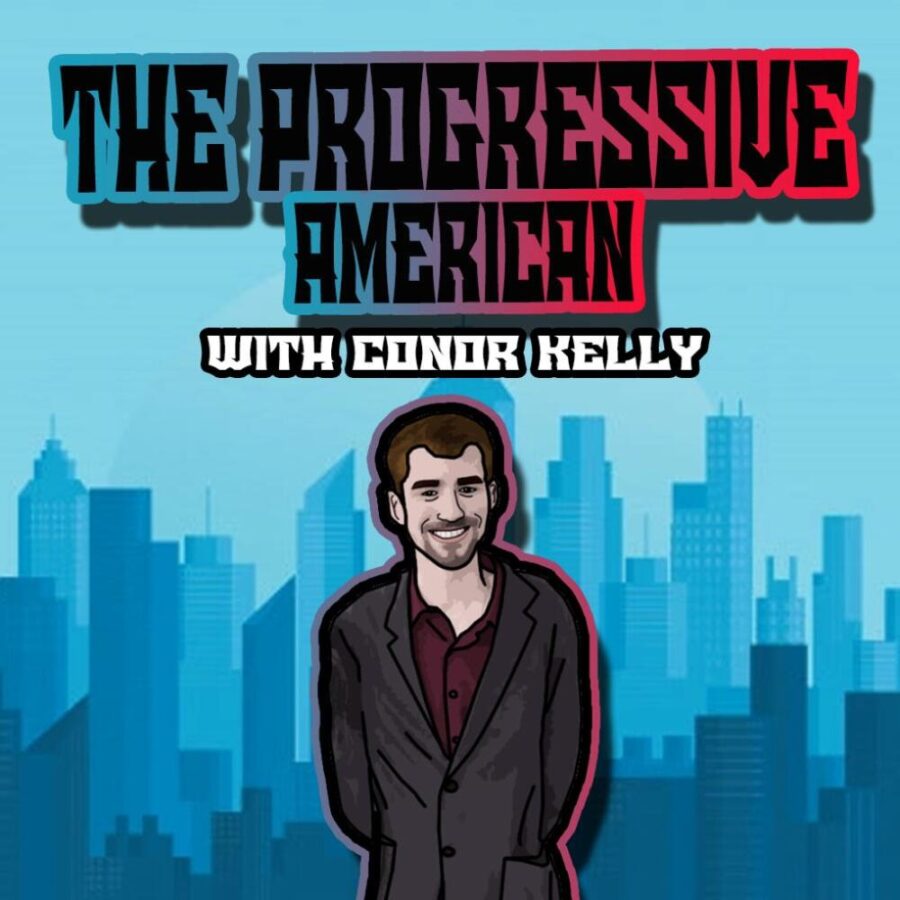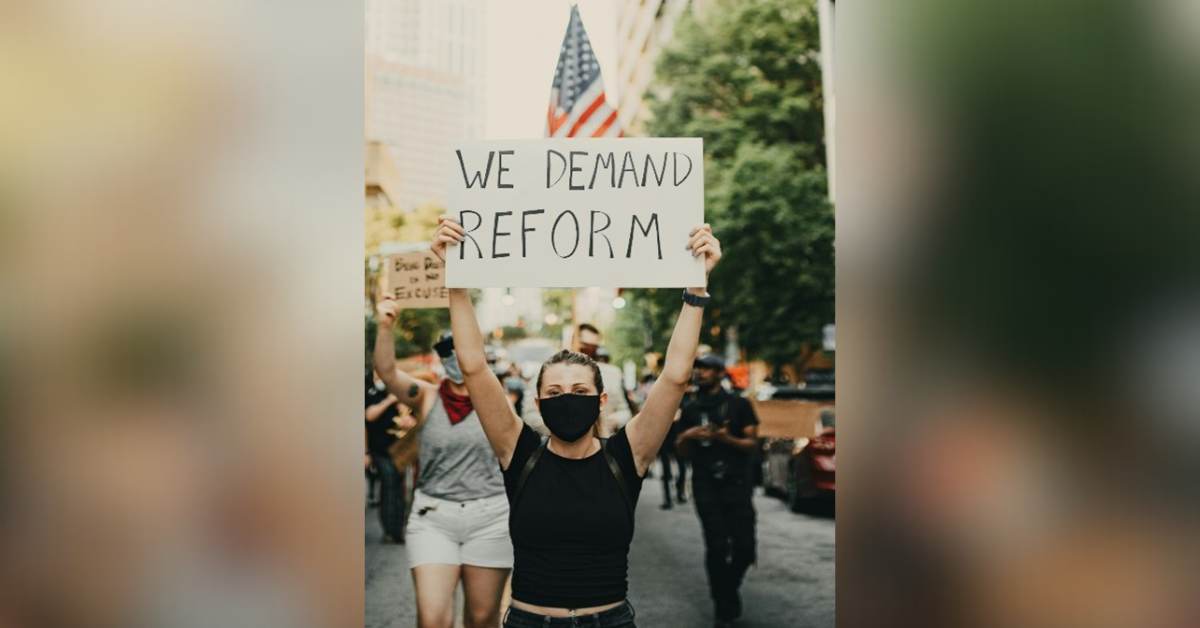On June 24th, 2022, the federal courts overturned Roe v. Wade in the Dobbs v. Jackson Women’s Health Organization hearing. This means that the power to ban abortion has been returned to the states, which now can make restrictions against the right of women and those with female reproductive systems to terminate a pregnancy. There is no longer a constitutionally protected right to receive an abortion.
A significant reason for the reversal of Roe v. Wade is the widespread debate between Pro-Choice and Pro-Life. This debate suggests that when it comes to abortion, there are those on the side of Pro-Life who aim to prevent the termination of life, and there are those on the side of Pro-Choice who want people to have the choice to have an abortion. Before delving into what this really means – and why they aren’t really opposites – what is an abortion?
As addressed by Planned Parenthood, an abortion can be achieved through medication abortion and in-clinic abortion. Medication abortion uses the medicines mifepristone and misoprostol to induce an abortion medically and is used within 11 weeks following the beginning of a recent period cycle; any later and an in-clinic abortion is done instead. This medical procedure is meant to clear the uterus within 12 weeks of pregnancy.
Understanding the different types of abortion procedures is generally beneficial regardless of the side one takes on the matter. Given the legal and federal level of discourse on this topic, being well-versed in the reality of this safe and effective medical procedure is essential. It allows for informed discussion and an improved understanding that can fuel realistic change in how we approach the matter from a legal standpoint. The current reality is that few people understand the medical procedure of abortion, and even fewer recognize the false dichotomy of Pro-Life vs. Pro-Choice.
The Pro-Life side represents people’s desire to see life fulfilled and a concern with the morality of protecting life. This argument seems to be majorly isolated in abortion discussions. It is not widely attached to other child protection issues such as youth homeless populations, school shootings, adverse childhood experiences, and their effect on development, among others. Despite this, it is valid to believe that child lives are valuable and should be protected. Often, those who support the Pro-Life mindset will opt not to receive abortions themselves or will use birth control to prevent pregnancies in the first place.
This viewpoint is considered to be in opposition to Pro-Choice, as frequently those who claim to be Pro-Life insist that there should be legal barriers to abortion. The Pro-Choice side represents the belief that people should have the ability to obtain a safe abortion procedure. This desire is separate from the opinions on abortion and fetal development and instead places greater emphasis on the autonomy of the individual seeking an abortion.
Unfortunately, this issue goes deeper than a matter of opinion or preference. Whether those who are able to bear children can receive abortions or not is a matter of freedom, a topic that is ongoing in the United States of America. Human rights have been argued against in many different areas for as long as anyone can remember, whether it be in matters of equity, regardless of race, gender, nationality, sexual orientation, ability, and more. When it comes to Pro-Choice vs. Pro-Life, the debate is more than just a debate of opinion; it has real-life consequences on people’s rights to the option of abortion as a medical procedure. The weight behind the topic is powerful, and despite the Twitter arguments and Facebook debates, the ability or inability of individuals to receive this medical procedure is concerning for the general consensus on human autonomy. Alongside this, the debate itself is misleading, as it isn’t really Pro-Life vs. Pro-Choice. In reality, the discussion of whether abortion should be widely accessible in the United States is about whether people believe there should be a safe option for the termination of a pregnancy without the legal interference of the state.
The inaccurate misconception that someone who is Pro-Choice must not want babies to live or that someone who says they are Pro-Life must not want people to have the option of abortion is woefully two-dimensional. It suggests no middle ground, and such a strict binary reflects everything wrong with the Republican vs. Democrat dichotomy that encourages people to believe that they cannot believe in or support things that go against their “side.”
Despite how it seems, it is possible to be Pro-Life and Pro-Choice simultaneously. You can admit that you would not want to have an abortion and would like to see more children thriving while simultaneously realizing that those with a female reproductive system have the right to terminate a pregnancy that they cannot or should not maintain. The acknowledgment of one’s own beliefs can fully coexist with the understanding that it is the sole medical right and responsibility of the individual involved. The sooner this can be acknowledged, the sooner the fallacy that the Pro-Life vs. Pro-Choice debate is founded on can crumble completely.















